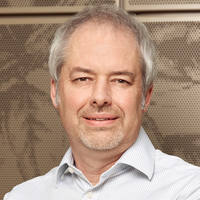Rayner Group
Human-parasite interactions in malaria
Archive Page
This page is maintained as a historical record and is no longer being updated.
The Rayner Group was based at the Sanger Institute from 2008 to 2020. In 2020 it moved to the Cambridge Institute for Medical Research, a year after Professor Rayner was appointed Director of the CIMR.
To find out more about Professor Rayner’s ongoing work, please visit: https://www.cimr.cam.ac.uk/research/principal-investigators/rayner
We worked in three main areas:
- Large-scale experimental genetic screens. Working closely with Oliver Billker and Marcus Lee, we developed scalable genetic technologies and applied them to human, simian and rodent Plasmodium parasites to explore the unannotated half of the Plasmodium genome and prioritise drug targets.
- Host-parasite interactions. Focusing on the invasion of red blood cells by P. falciparum parasites, an essential step for parasite survival and malaria pathogenesis, we worked with Gavin Wright to identify new receptor-ligand interactions, and study them in the lab to prioritise new vaccine targets. We also sought to understand the role these interactions play in host specificity, including in the relatives of human Plasmodium parasites in African apes.
- Partnership and capacity building. Plasmodium parasites are not model organisms, and all malaria research is rooted in the challenges facing endemic countries. We worked closely with partners in Kenya, Ghana, India and Colombia to ensure the tools we developed were accessible to all malaria researchers.
Background
Effective malaria control is limited by the evolution and spread of drug resistant parasites and the lack of a highly effective vaccine. To develop new drugs and vaccines we need to understand the true breadth of targets within the Plasmodium genome. The genome of the most important human malaria pathogen, Plasmodium falciparum, was sequenced nearly 20 years ago, but we still only understand the function of a small fraction of it. Our fundamental goal was to use the technologies and resources that are only available at the Sanger Institute to identify and prioritise new drug and vaccine targets.
Large-scale experimental genetic screens
One method of understanding gene function is to delete or modify specific genes, and then measure the effect on cell growth or behaviour. Gene knockout approaches were developed for Plasmodium parasites more than 20 years ago, but the work is often still technically challenging and slow. Only 400 P. falciparum genes have been modified in the last 20 years, less than 10% of the total genes in the genome – at that rate, it would take two centuries to study every single gene. With Oliver Billker we developed methods to radically change the scale of Plasmodium experimental genetics, and have recently carried out a screen of >2,500 genes in the rodent malaria model, P. berghei. We transferred that technology to the human malaria parasites P. falciparum and P. knowlesi, and combined genetic screens with small molecules to identify new malaria drug targets. The unique Sanger Institute facilities allowed us to tackle Plasmodium experimental genetics on a scale that is not possible in many other institutes.
Host-parasite interactions
Plasmodium parasites must invade human cells in order to survive, and all of the symptoms of malaria occur when they invade and develop inside red blood cells, where they feed on haemoglobin. After 48 hours a single parasite will have multiplied into 12-30 new parasites, which then burst open their host cell and seek new red blood cells to invade to begin the cycle again. The process of red blood cell invasion is essential for parasite survival, and depends on multiple protein-protein interactions between the parasite and red blood cell. Working with Gavin Wright we sought to understand which interactions are important to allow invasion to continue and how those interactions are influenced by variation in either the human or parasite genome. These interactions are also potential vaccine targets, and we carried out systematic screening of Plasmodium proteins to identify those that should be prioritised for testing in future vaccine trials.
Partnership and capacity building
While our work was primarily lab-based and used parasite strains that grow easily in cell culture conditions, not all questions could be addressed using this approach. We therefore worked closely with friends and colleagues in Africa, Asia and South America to study parasites in their real world setting. We also participated actively in technology transfer and capacity building, frequently hosting students and fellows from malaria endemic countries in our lab at Sanger, and contributing to training courses in endemic countries in partnership with Wellcome Genome Campus Advanced Courses.
Connecting Science
Genomics is revolutionising health research, but is also a deeply personal science, relevant to us all. As well as leading his research team, Julian Rayner is Director of Wellcome Genome Campus Connecting Science, which delivers learning and engagement events to more than 30,000 scientists, healthcare professionals and members of the public every year. We connect researchers, health professionals and the wider public, creating opportunities and spaces for everyone to explore genomic science and its impact on research, health and society. Connecting Science inspires new thinking, sparks conversation and supports learning by drawing on the ground-breaking research taking place on the Wellcome Genome Campus.
Previous core team members
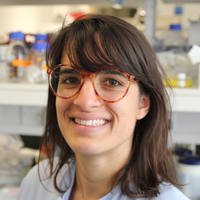
Manuela Carrasquilla
PhD Student
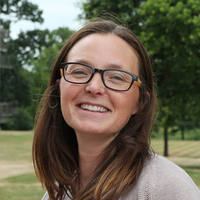
Nadia Cross
Advanced Research Assistant
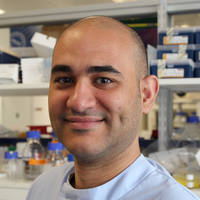
Dr Mehdi Ghorbal
Staff Scientist
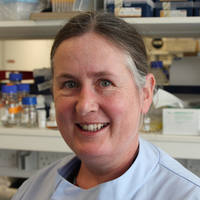
Alison Kemp
Postdoctoral Fellow
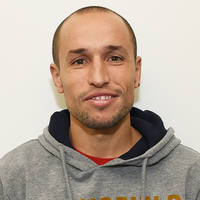
Dr Alejandro Marin-Menendez
Postdoctoral Fellow
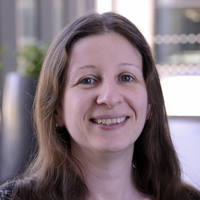
Sarah Marsden
Research Assistant

Dr Duncan Ndegwa Ndungu
Postdoctoral Fellow
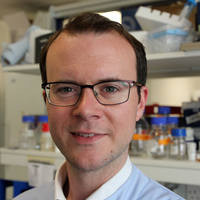
Liam Prestwood
Scientific Manager
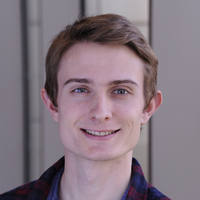
Dr Theo Sanderson
Postdoctoral Fellow

Sumana Sharma
PhD Student
Associated research
Related groups
Programmes and Facilities
Partners
We work with the following groups
External
Dr. Beatrice Hahn
We worked with the Hahn lab to understand the primate origins of human malaria parasites.
External
Dr. Manoj Duraisingh
Dr. Duraisingh and Professor Rayner share a deep interest in the molecular basis of red blood cells invasion, and collaborate on multiple projects
External
Dr. John Adams
We collaborated with Dr. Adams on developing and applying nextgen sequencing tools in transposon-based genetic screens.
External
Dr. David Conway
We collaborated with Prof. Conway on understanding erythrocyte invasion in field samples.
External
KEMRI- Wellcome Trust Research Programme
We worked in partnership with Philip Bejon, Faith Osier and Kevin Marsh from the KEMRI- Wellcome Trust research institute in Kilifi, Kenya to help identify and prioritise new vaccine targets.
External
Dr. Vladimir Corredor
Dr. Corredor and Professor Rayner collaborated on a project to understand the genomic epidemiology of Plasmodium parasites on the Pacific Coast of Colombia.
External
Medical Research Council (MRC)
The MRC has funded part of the team's protein-protein collaborative work with Gavin Wright.
External
National Institute of Health (NIH)
We collaborated on an NIH award to Dr. Beatrice Hahn to understand the origins of human malaria parasites.
External
Cambridge-Africa Partnership for Research Excellence (CAPREx)
CAPREx supports deeper collaboration between Cambridge and African scientists, and has supported several fellowships and collaborative workshops between the team and partners in Africa.
